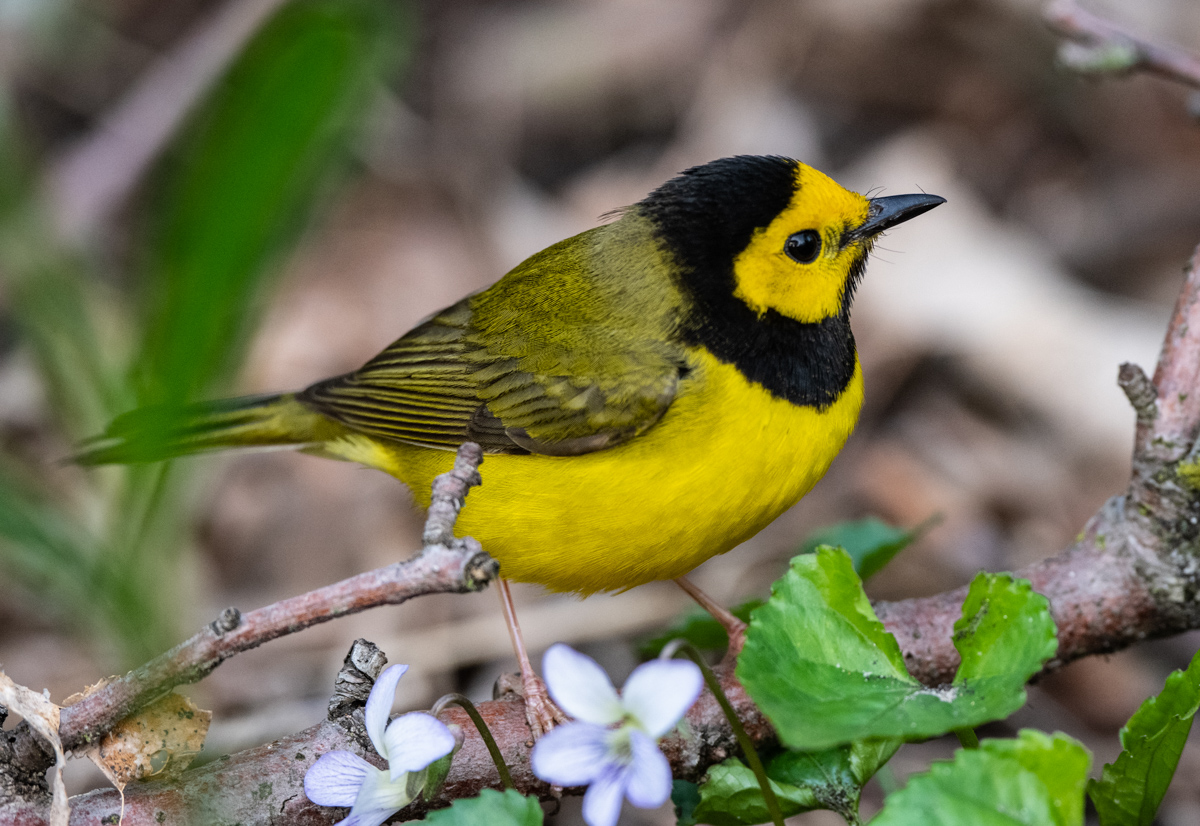
Warblers are charmers of birding and bird photography. Colorful, active, and distinctive, these birds are highly anticipated during spring migration and can be fun to enjoy even through summer and fall. But which warblers are which, and how can you best enjoy and capture all their quirky antics?
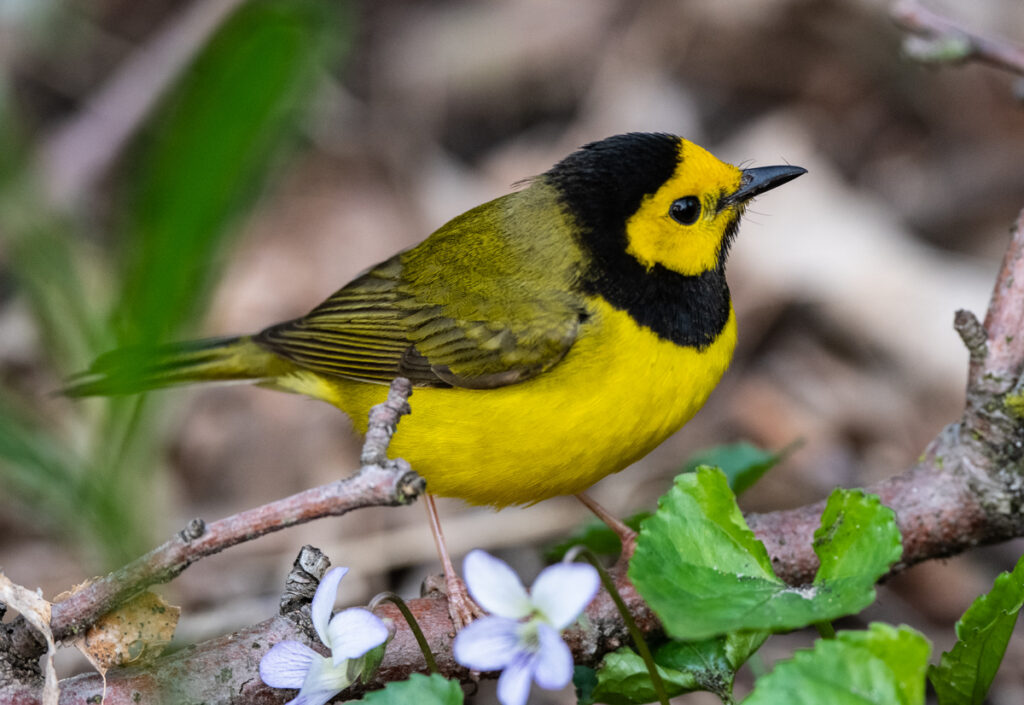
About Warblers
New World warblers are small, colorful songbirds with melodious voices. These popular birds belong to the Parulidae bird family, and while there are approximately 120 species of warblers found throughout North and South America, only about 50 are seen in the United States. Still, this give bird photographers plenty of outstanding subjects to capture, and each one can present a unique challenge.
Warblers are insectivorous, flitting about in tree canopies and brushy understory areas as they seek out a wide variety of bugs for their next bite. A fast shutter speed will help freeze these energetic birds for a crisp photo, and because they are most often in dappled shade, be sure to adjust camera settings to maximize the authenticity of the bird’s color.
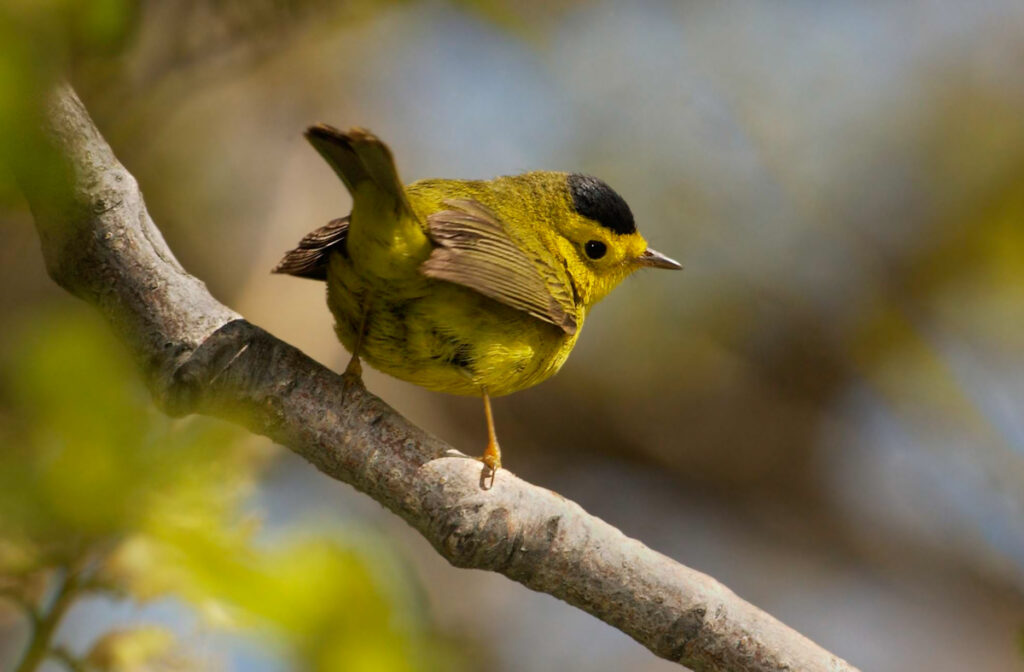
How to Identify Warblers
The more you know about the warblers you see, the better you will be able to photograph each bird’s peculiarities. First, note the colors. Many warblers have yellow coloration, from the brilliant neon yellow of the prothonotary warbler to the sunshine yellow of the aptly named yellow warbler. Other colors can be great clues to a warbler’s identity, however, such as the rusty flanks of the chestnut-sided warbler or the stark black cap of the Wilson’s warbler. Some warblers have orange, brown, gray, or even blue coloration, all of which can help narrow down which warbler you’re photographing.

Focusing on the bird’s face is more than just a tip for a good photo to capture the bird’s expression –markings on a warbler’s face are great field marks for identification. These birds often have distinct eye rings, like the Canada warbler, or other eye markings such as arcs above and below the eye, lines through the eye, or bold brows above the eye.
Markings elsewhere on the face and head can be equally distinctive, such as the bold ruddy cheeks of the Cape May warbler, the black hood and yellow mask of the hooded warbler, or the bland throat and “bandit” mask of the golden-winged warbler.
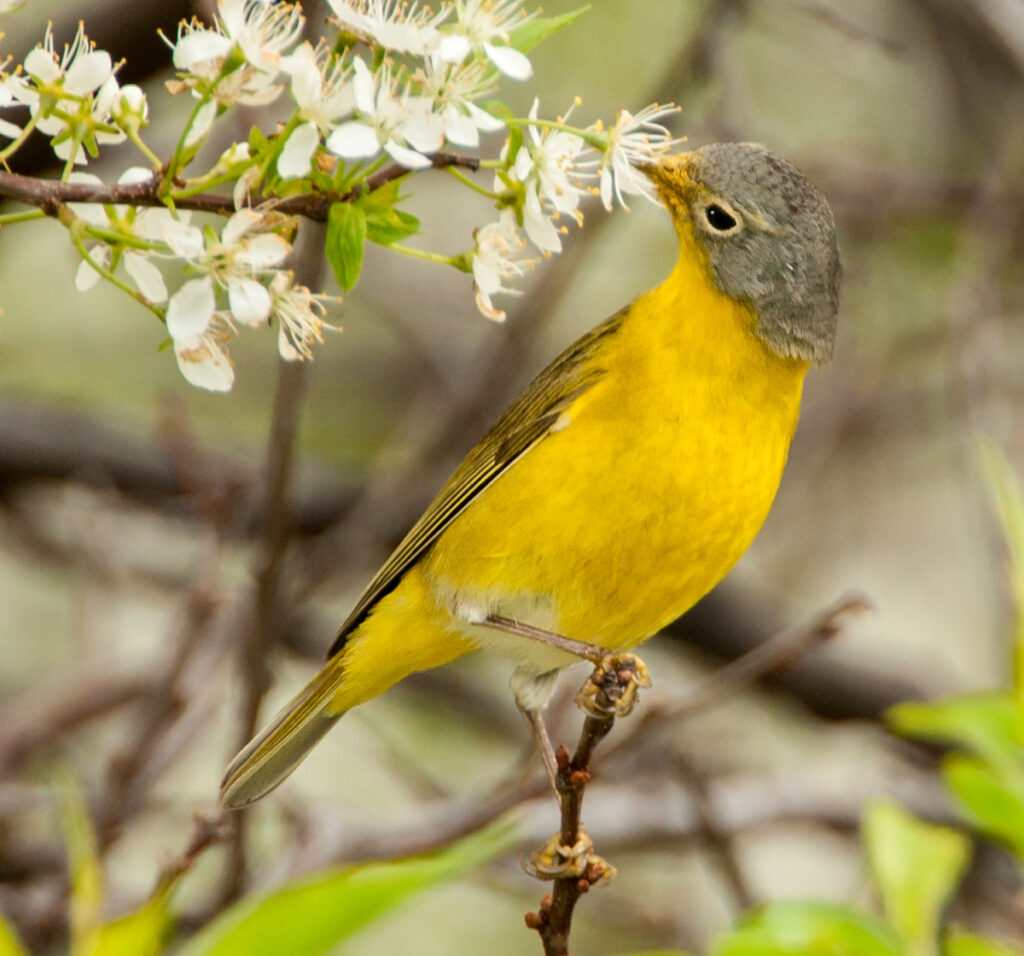
Distinct wing markings can also be useful for identification. The magnolia warbler, for instance, has very broad white wing bars, while the blackpoll warbler has a pair of thinner bars that are equal in width. Some warblers have unevenly paired wing bars, while others, like the Nashville warbler, are much more plain and lack wing bars altogether.
If the bird can’t be clearly seen, or if markings aren’t so distinctive, it can be more challenging to tell which warbler is which. Where the birds are seen can be a great clue.
Some warblers, for example, prefer to stay lower in brush or even forage on the ground, such as the ovenbird and the palm warbler. Other species, like the blackburnian warbler and black-throated green warbler, are most often seen much higher in the canopy.
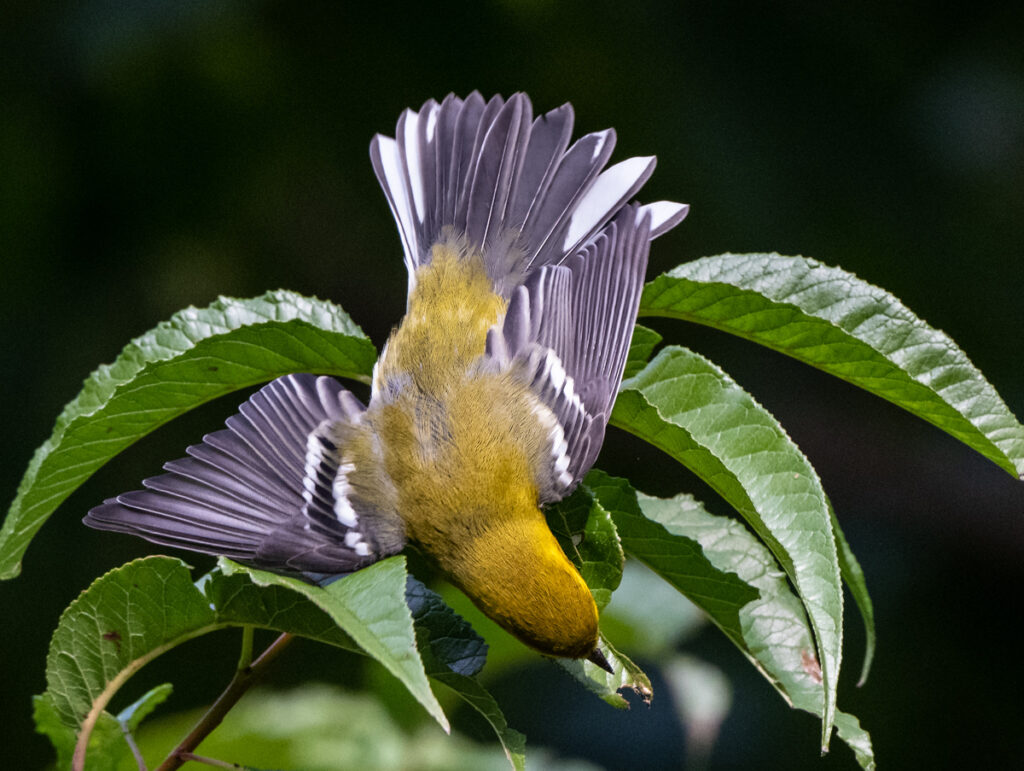
In general, it is easier to distinguish male warblers because of their bolder colors and more distinctive markings, particularly during the spring breeding season. This is one of the most popular times for warbler photography, as these birds make lovely subjects among the blossoms and fresh green leaves of budding trees. Yet even in autumn, when the birds’ colors have faded to more camouflage tones, their engaging expressions and active behavior make for fine photos.
Shooting Spectacular Warblers
The most important step in capturing great pictures of warblers is to ease up identifying the birds and focus on the elements of an amazing photo. Focusing on the face will emphasize the eye and the bird’s expression, bringing others right into the photo to engage with the bird. Capturing true colors will not only help with identification, but will highlight just how much of a rainbow these birds can be. Finally, showing warblers’ action will give life to the birds with a bit of blur in the wings as they flit about.

With the time and practice of making great warbler photos, you will learn to distinguish the subtleties among them, better recognizing each of these beautiful birds you see.


